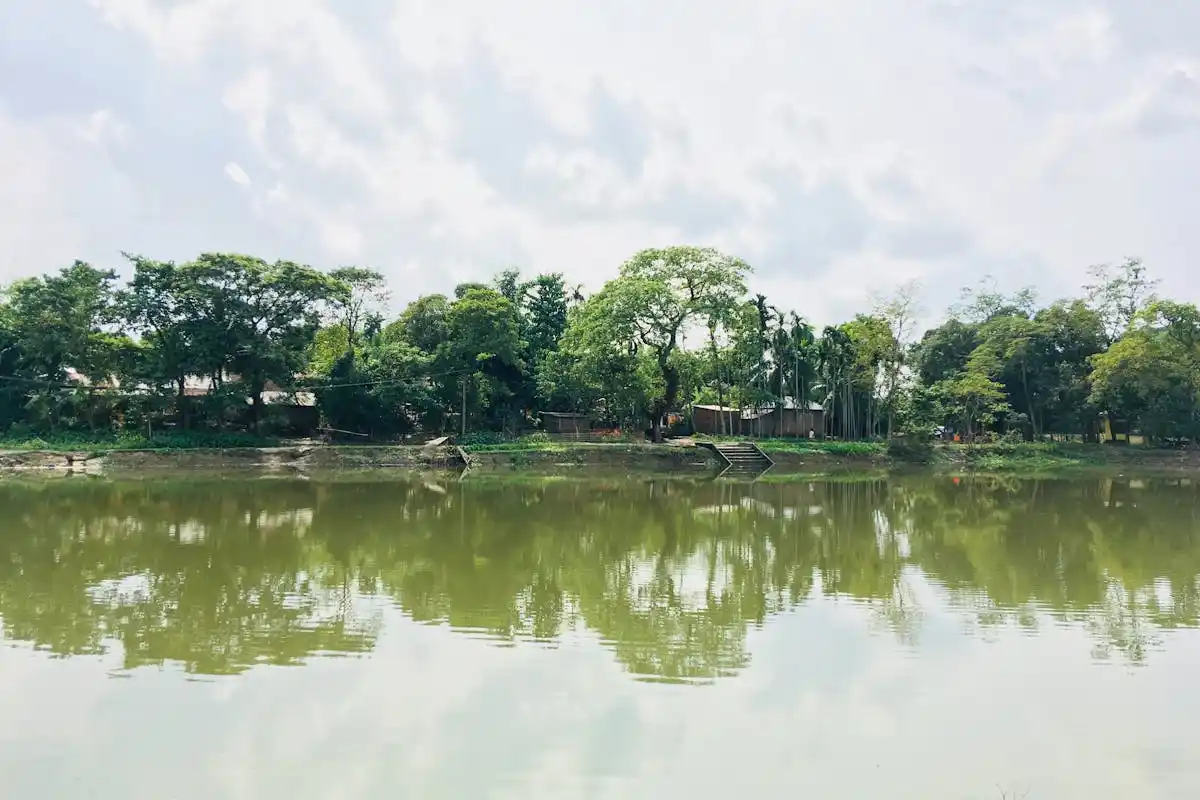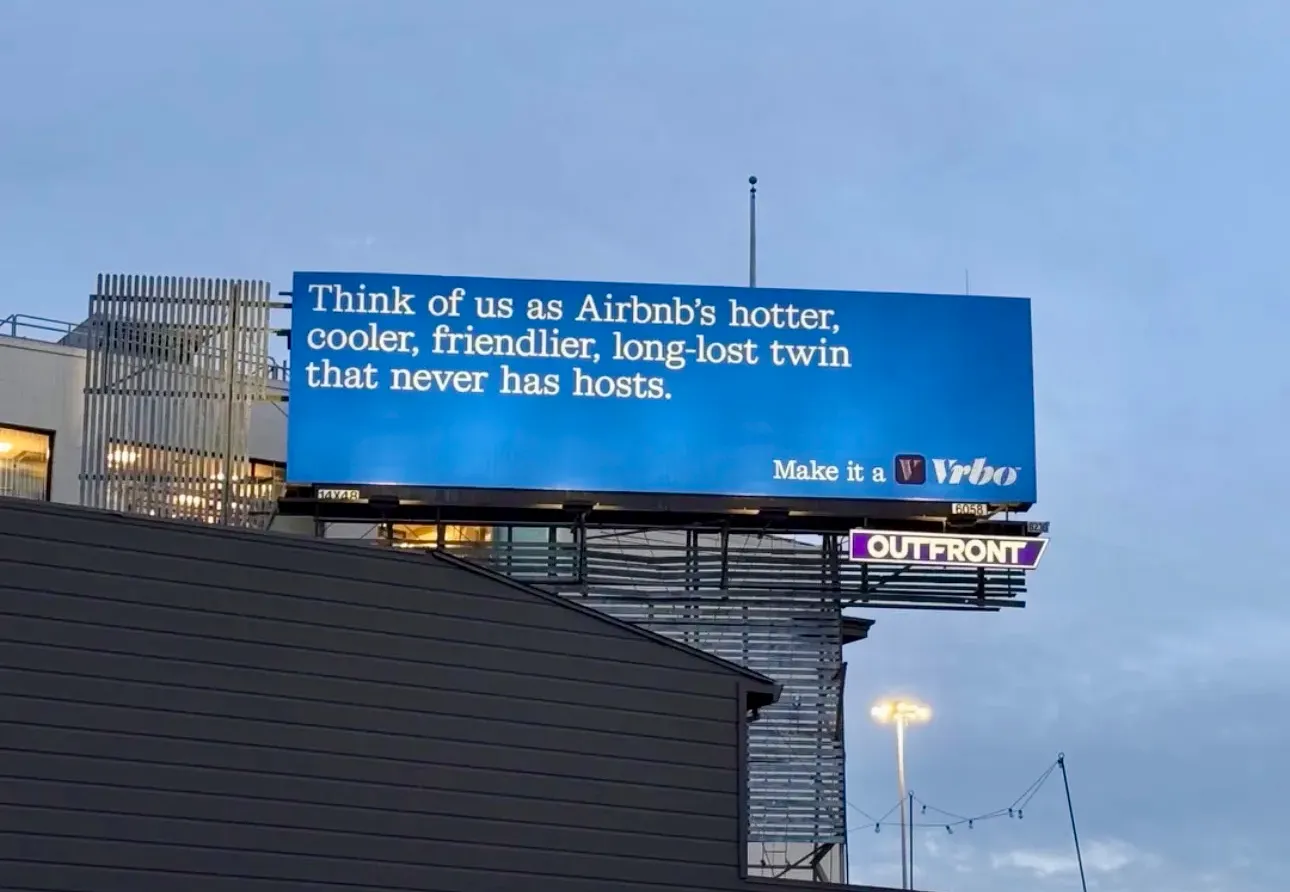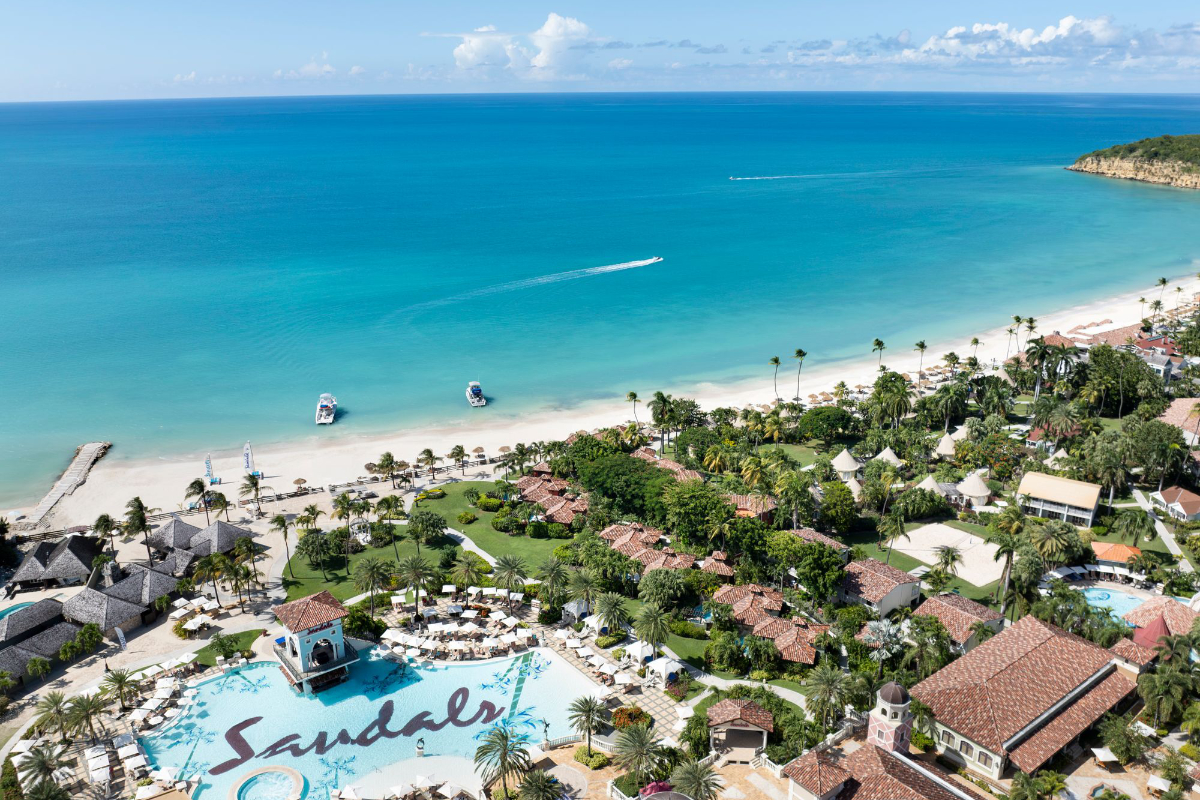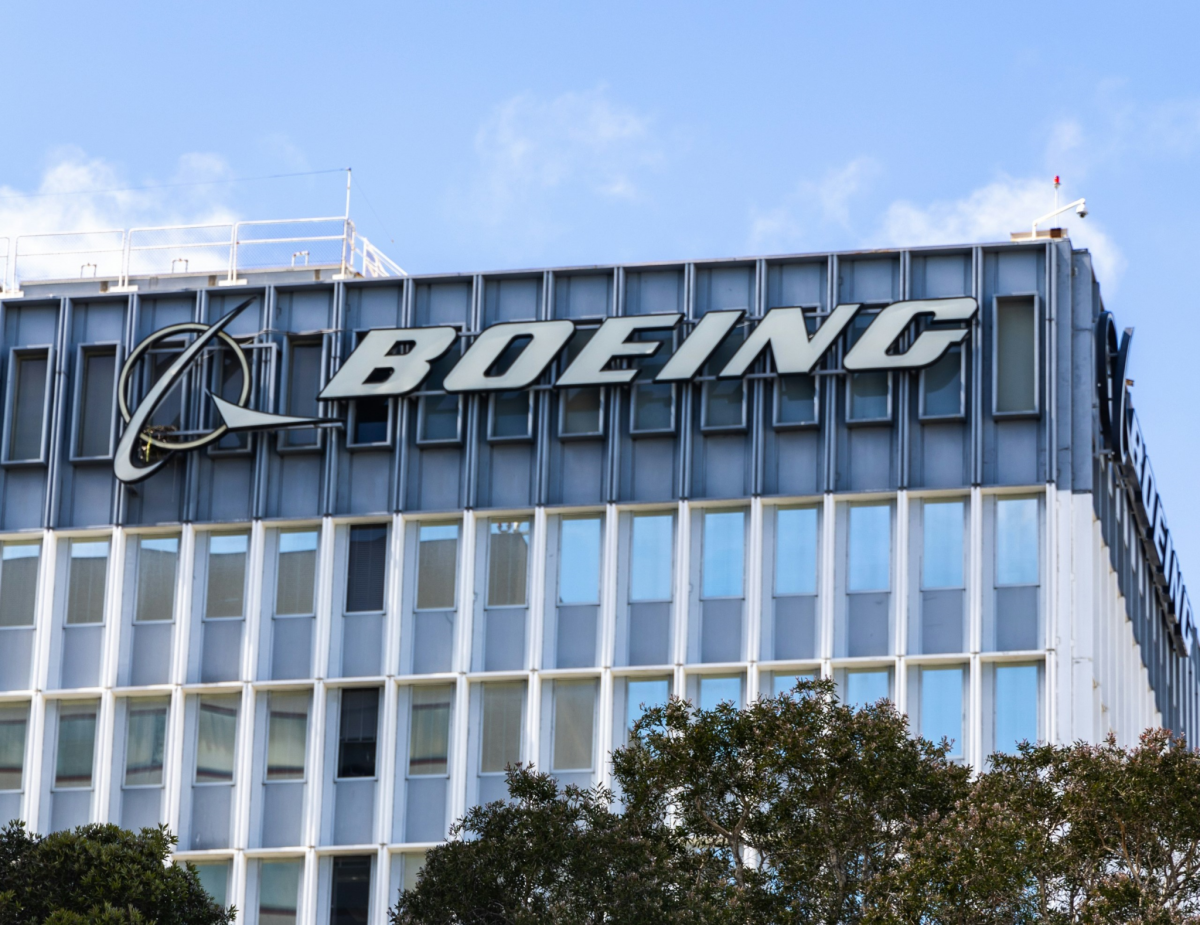Belmond Embraces 'Slow Luxury'
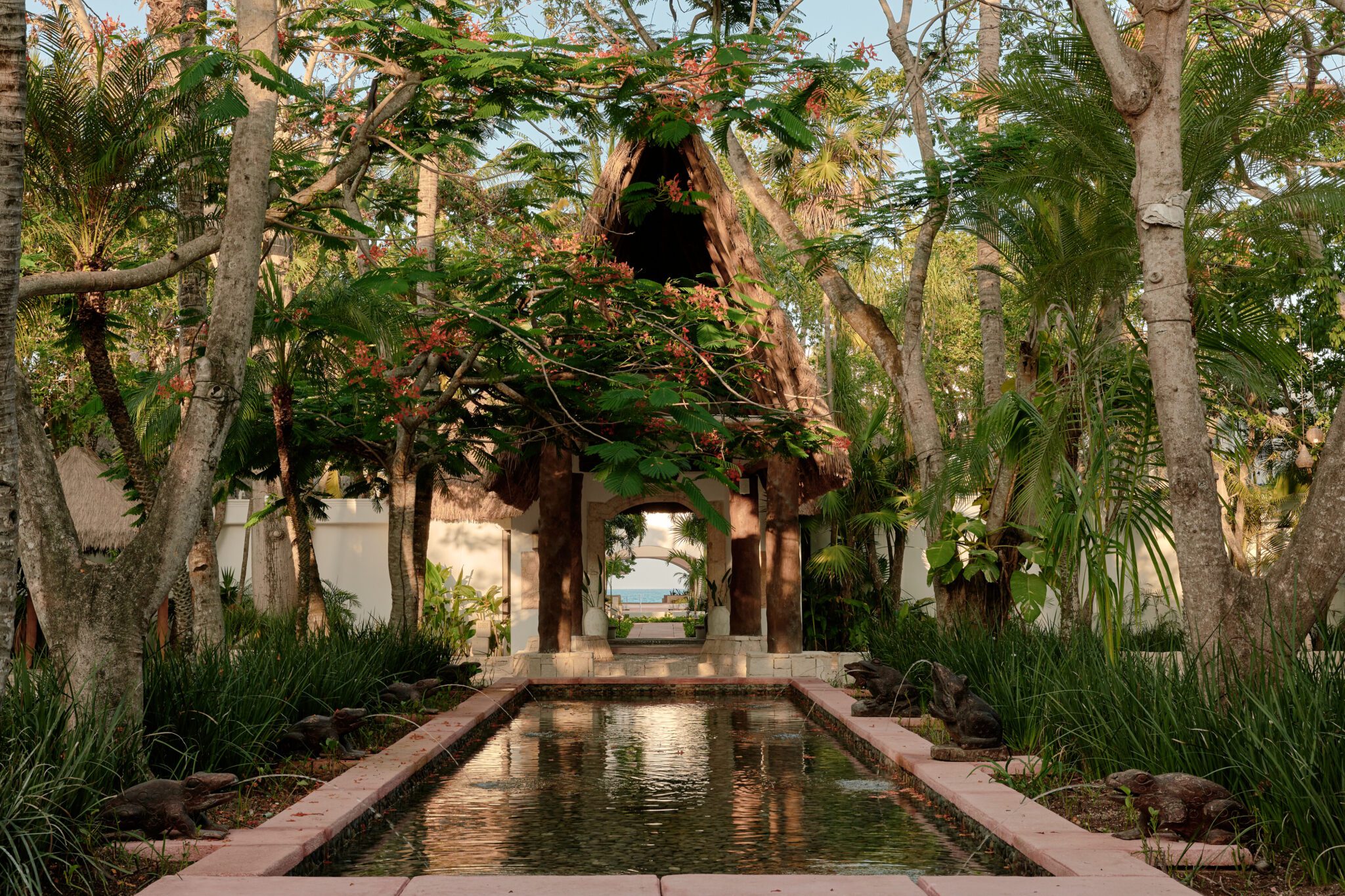
Skift Take

On Experience
Colin Nagy is a marketing strategist and writes on customer-centric experiences and innovation across the luxury sector, hotels, aviation, and beyond. You can read all of his writing here.In a world of hyper-scale and global flag-planting for luxury brands, Belmond is taking a contrarian approach. The brand, known for its collection of hotels, trains, river cruises, and safari camps, is leaning into a style of luxury that is more deliberate and connected with its history.
The ethos is "slow luxury,” explained Belmond’s CEO Dan Ruff. It’s about commitment to mindfulness – and not cutting corners.
"Slow luxury is about celebrating luxury craftsmanship, valuing time, and experiential richness," said Ruff. It's a philosophy that Belmond has tried to build into its operations, from depressurized and intentionally slower journeys aboard its trains to the cultural programming at its hotels.
The Halo Effect of Legendary Trains
Ruff told me that Belmond’s trains, like the storied Venice Simplon-Orient-Express, do more than ferry passengers from point A to B: They serve as moving monuments to the brand’s heritage and values.
Ruff sees them as a halo that informs and elevates the rest of the brand portfolio – a spiritual north star. "Our trains announce who we have always been," Ruff notes. The trains, which often feel like they were timeshifted from an earlier, more civilized time, signal Belmond’s broader ambitions.
Patient Capital
Part of this license to operate differently comes from its investors. LVMH acquired Belmond in 2019, and, surprisingly, the goals are not about cold, hard, revenue numbers.
Ruff said that most of the questions they get from the bosses in Paris are related to guest-experience metrics and how many guests are coming back to the properties.
Ruff told me that LVMH, perhaps better than other multi-billion dollar brands, gets the nuance of the industry: “[They] understand the softer, intangible things that luxury customers truly prize.”
This reduced (but not completely absent) lack of commercial pressure has allowed the brand to focus on excellence, which other, more bottom-line driven companies might sacrifice in the race for scale.
Building Brick by Brick
It’s easier to deliver on guest experience when you don’t have a cacophony of differing ownership priorities. A brand can be diluted if one owner wants to skimp on a buildout or a renovation. Belmond owns many of its properties, which allows for consistency.
Ruff highlights the painstaking detail that has gone into property renovations – one at Maroma in Mexico’s Riviera Maya, which re-opened in 2023, honors the property’s heritage and its surroundings. Architectural details and the use of skilled craftsmen aim to preserve the original soul of a structure, and Ruff emphasizes that this is core to the playbook.
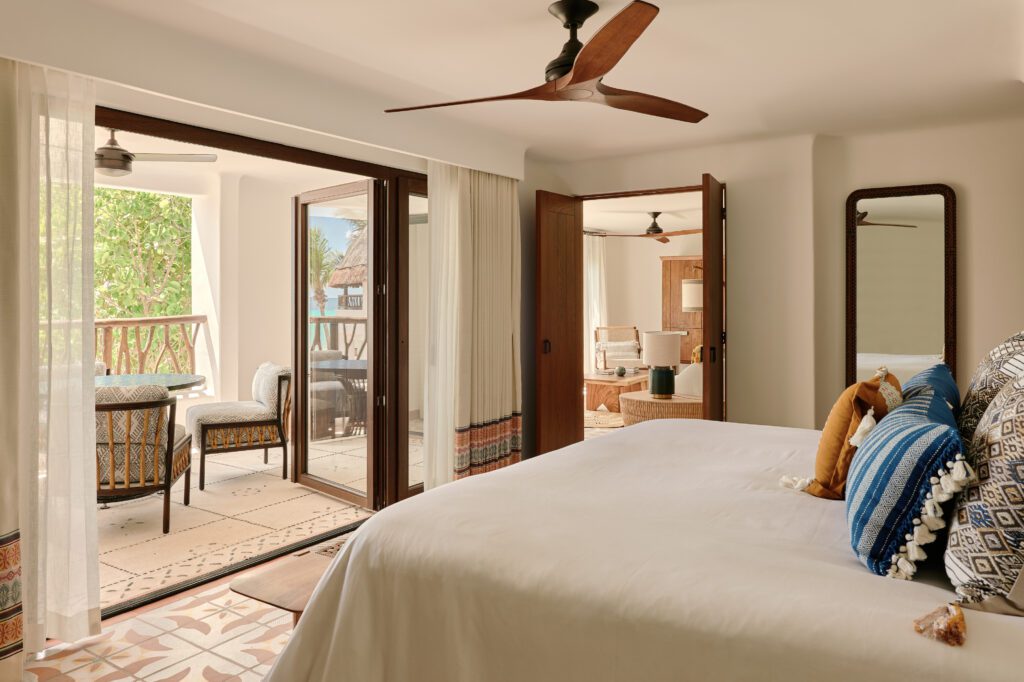
Maroma in Mexico’s Riviera Maya. Credit: William Jess Laird
Empowering Leaders on the Ground
Noticeable in the brand’s experience is the hyper-empowerment of general managers. It isn’t a top-down, command and control structure, but rather Ruff says they want their GM’s to feel as if they own the place. He wants them to “make decisions that they believe are in the best interest of their property, team and guests” and highlights autonomy given to teams on the ground to adapt to the nuances of the clientele.
It’s not just about strategy, the guests react to this approach. “Our guests feel this in their experience," says Ruff. “They feel it in the pride of service, and the genuine care of those who serve our food to those who maintain our buildings. Beautiful buildings are just the start, but great experiences come from teams who feel empowered.”
Integrating Art and Culture
The brand also understands the value in placing Belmond into, and alongside contemporary culture and has leveraged things like photography, with partnerships and collaborations, most recently with French artist JR.
The creation of L’Observatoire, a private carriage on the Venice Simplon-Orient-Express, threads the needle between luxury and artistic impression. “Across the industry, there is great art within suites, but L’Observatoire is an extraordinary art creation that is the suite itself, says Ruff.”
There are a lot of options in high-end hospitality but many of them are currently lacking depth and soul. Many luxury consumers have been burned by brands that are running too hot, creating an illusion, and failing to deliver. Belmond is in an enviable position. They have long-term, patient capital that understands the nuances of luxury consumers. They have GMs that seem bought into the mission. And it is Ruff’s thinking that this contrarian bet on slow luxury and elevating decorum and crisply crafted experiences will find resonance.
The goal is building an iconic, desirable brand that lasts. “It’s exciting work for us because our guests are very sophisticated," says Ruff. “They have experienced exceptional service, and expect it to be delivered naturally, with care and humanness…They know what is real.”



